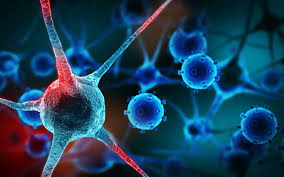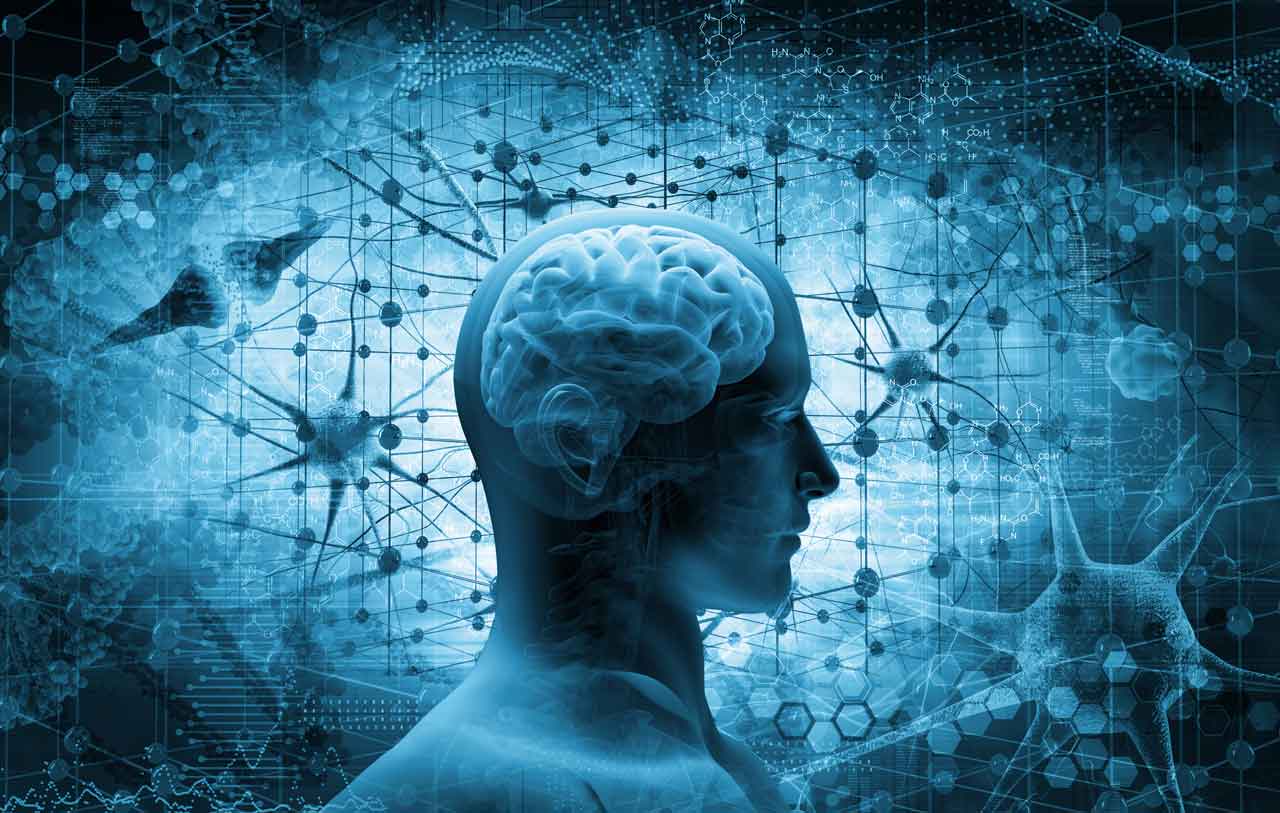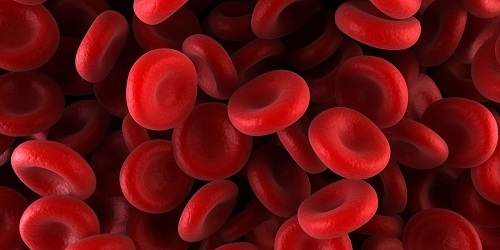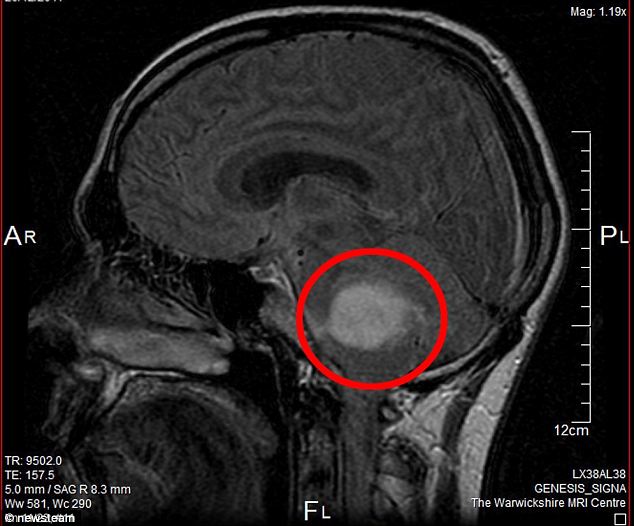Royal Philips Electronics announced that it will lead a new European Union (EU) funded research project called euHeart, which is aimed at improving the diagnosis, therapy planning and treatment of cardiovascular disease – one of the biggest causes of mortality in the western world. By targeting the diagnosis and treatment phases of the care cycles for heart conditions such as heart failure, coronary artery disease, heart rhythm disorders, and congenital heart defects, the euHeart project complements the recently announced HeartCycle project, also led by Philips, which focuses on the long term management of chronic heart disease patients. The euHeart consortium aims to develop advanced computer models of the human heart that can be personalized to patient-specific conditions using clinical data from various sources, such as CT (Computed Tomography) and MRI (Magnetic Resonance Imaging) scans, measurements of blood flow and blood pressure in the coronary arteries (which feed the heart muscles) and ECGs (Electrocardiograms). These computer models will integrate the behavior of the heart and the aorta at molecular, cellular, tissue and organ-level. They will also incorporate clinical knowledge about how cardiovascular disease disturbs the correct functioning of the heart at these levels. As a result, it may be possible to develop simulation tools that doctors can use to predict the outcome of different types of therapy, and because the models will be personalized to individual patients, the therapy could be equally personalised. “euHeart is a very exciting project that will bring together the latest advances in modeling and computing to improve the care of patients with heart disease,” says Professor Reza Razavi, the Project’s Clinical Coordinator who is also Professor of Paediatric Cardiovascular Science and Head of the Division of Imaging Sciences at King’s College London (London, United Kingdom). “It may ultimately allow us to select and optimize the best treatment for individual patients.” As an example, one way of treating heart rhythm disorders is a minimally invasive procedure known as radio-frequency ablation. During this procedure, a catheter is inserted into the patient’s heart and the tissue responsible for propagating abnormal electrical signals through the heart muscle is destroyed using heat from a radio-frequency field generated at the tip of the catheter. At the moment, doctors have to rely on their experience to decide which areas of tissue to destroy

Be a part of Elets Collaborative Initiatives. Join Us for Upcoming Events and explore business opportunities. Like us on Facebook , connect with us on LinkedIn and follow us on Twitter , Instagram.












